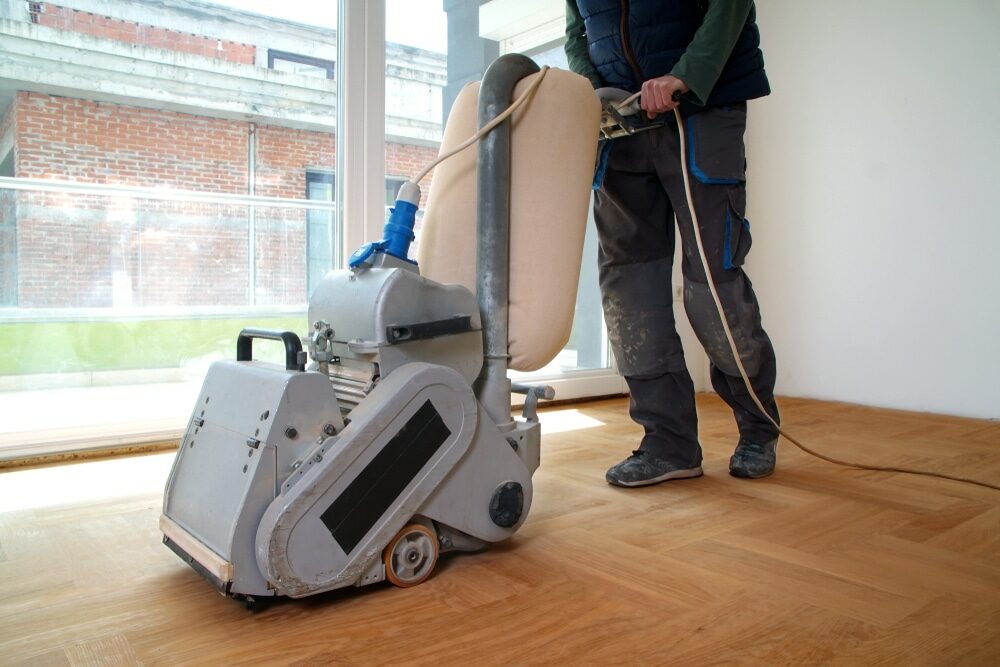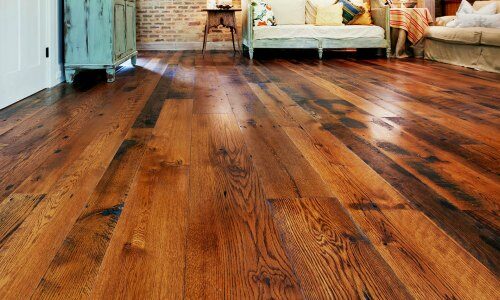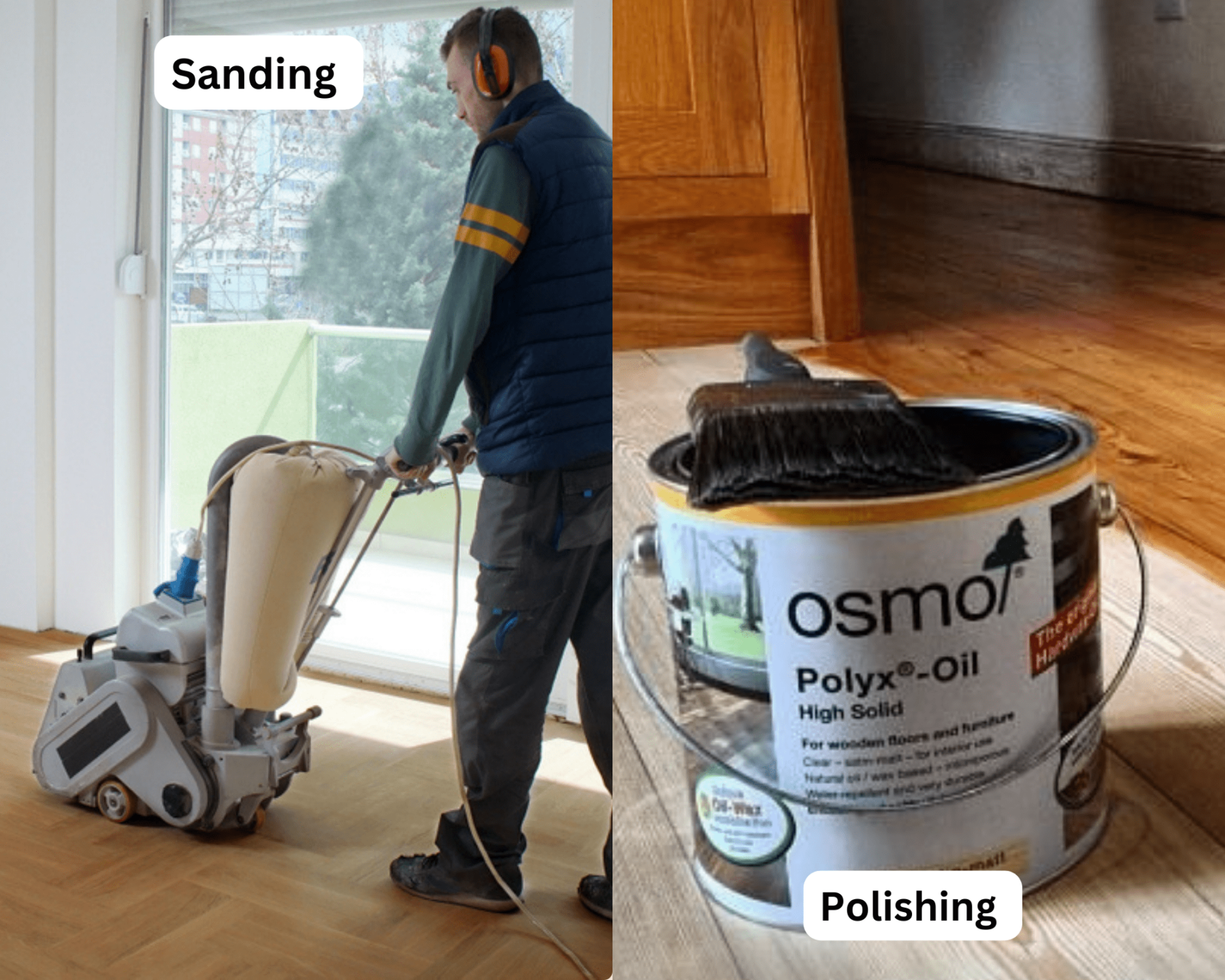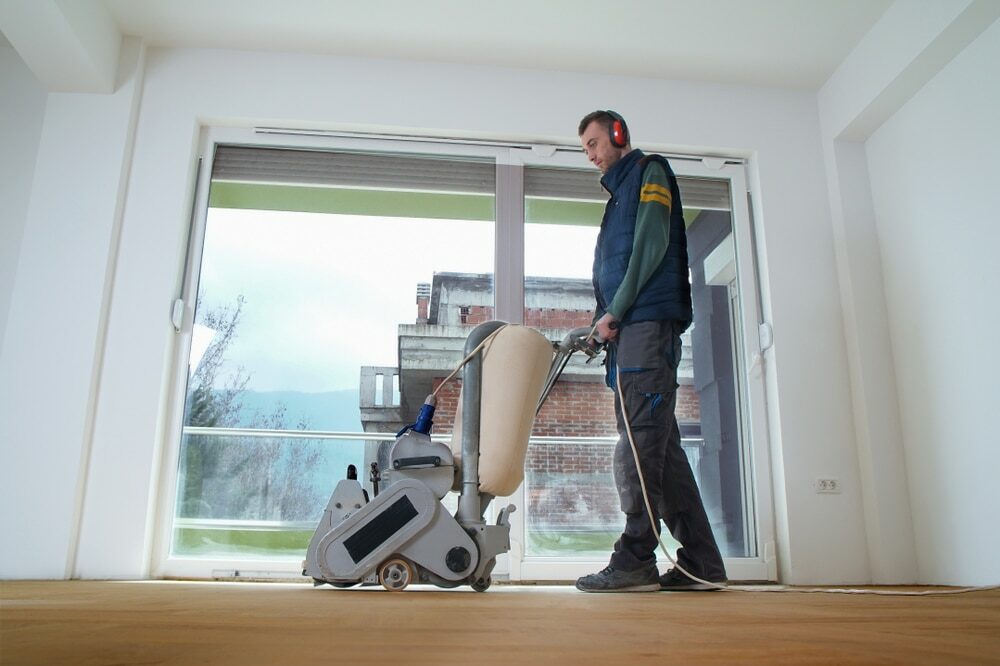London:
Nationwide:
Sanding Wood Floors: Demystifying Common Queries
Posted on May 30, 2023
Floor Sanding Blogs
Your Guide to Sanding Wood Floor: Answers to Common Questions
Wooden flooring exudes a timeless charm that transforms any interior into a warm and inviting space. Over time, however, wooden floors may lose their luster and show signs of wear and tear, requiring restoration through a process known as sanding. As a homeowner considering this process, you may have several questions about sanded wood flooring. In this comprehensive guide, we’ll aim to address some of the most common questions and provide in-depth insights about this essential aspect of wooden floor maintenance.
What is sanding, and why is it important?
Sanding is removing the top surface of your wooden floors using abrasive materials. It’s an integral part of the wood floor restoration process that helps in the following:- Repairing Damage: Sanding can remove scratches, dents, and stains, improving the overall appearance of the floor.
- Leveling: It helps make the floor surface even and smooth.
- Preparation for Refinishing: Sanding provides a new base for the new finish to adhere to, enhancing its durability and appearance.
When should I consider sanding my wood floors?
Determining the right time for sanding your wood floors can be tricky. Some signs that indicate the need for sanding include:- Visible Damage: Deep scratches, gouges, or stubborn stains that can’t be removed by cleaning are clear indicators.
- Worn-out Finish: If the finish has worn off and the bare wood is exposed in certain areas, it’s time to consider sanding.
- Uneven Surface: If the floor feels uneven or rough, sanding can help restore smoothness.
- Discoloration: Over time, sunlight or chemical cleaners can cause discoloration. Sanding can bring back the original color of the wood.
Can I sand my floors myself, or should I hire a professional?
While sanding can be a DIY project, it requires a good understanding of the process, the right tools, and a considerable amount of physical effort. Improper sanding can damage the floor and reduce its lifespan. Therefore, if you’re inexperienced, it’s best to hire professionals. They have the right skills and tools and complete the job efficiently with minimal mistakes.How Often Should Wooden Floors Be Sanded?
The frequency of sanding depends on the type of wood floor, the finish used, the amount of foot traffic it experiences, and how well it’s maintained. Generally, wooden floors may need to be sanded and refinished every 7–10 years. However, good, regular maintenance can extend this interval.How long does the sanding process take?
The duration of the sanding process varies based on the size of the floor, the type, and condition of the wood, and whether you’re doing it yourself or hiring professionals. For an average-sized room, professionals may take 1-2 days to complete the sanding and refinishing process.Will sanding create a lot of dust?
Yes, sanding does create dust. However, many professional floor sanding companies use dust extraction systems that minimize dust spread. If you’re undertaking a DIY project, sealing the area and using a dust mask can help manage dust levels.Can all types of wooden floors be sanded?
While most solid hardwood floors can be sanded, not all wooden floors suit this process. For instance, engineered wood floors can only be sanded once or twice during their lifespan, depending on the thickness of the top veneer. On the other hand, laminate floors cannot be sanded at all, as they’re made of a printed surface, not natural wood.What’s the difference between sanding and buffing?
Sanding and buffing are two different techniques used in wood floor restoration. Sanding involves removing the top layer of the wood using abrasive materials. It’s a more intensive process suitable for fixing significant damage or wear. Buffing, on the other hand, is a lighter form of sanding. It involves lightly abrading the surface to prepare it for a new finish coat. It is usually used when the existing finish is worn, but the wood beneath is still in good condition.Can I change the color of my floor by sanding it?
Yes, sanding can help you change the color of your floor. Once the old stain and finish are sanded off, you can apply a new stain in the color of your choice, followed by a finish. This can dramatically change the appearance of your floor, allowing you to customize it to your liking.Does sanding increase the value of my home?
Absolutely! Freshly sanded and refinished wood floors can significantly enhance the aesthetic appeal of your home, contributing to a higher property value. It can be particularly beneficial if you plan to sell your house, as prospective buyers often appreciate well-maintained wooden floors.Conclusion
Sanding is an integral part of maintaining the beauty and longevity of your wooden floors. While the process may seem daunting initially, understanding its purpose and methodology can ease your concerns and help you make informed decisions. Whether you decide to take the DIY route or hire professionals, remember that well-sanded and refinished wood floors not only improve the aesthetics of your home but also create a healthy and comfortable living environment. A beautifully restored wooden floor can be a joy for many years to come, making every step you take a testament to your impeccable taste and care. Happy floor sanding!Some Useful Links:
- Floor Sanding Services
- School Floor Sanding
- Wood Floor Restorations
- Wood Floor Repairs
- Wood Floor Polishing
More from our Blog:
Care for Your Wooden Floors | The Ultimate Maintenance Guide Wood Floor Staining: Techniques, Tips, and Benefits Explained Mastering Hardwood Floor Sanding: Wood Mr Sander® London Restore Your Hardwood Floor with a Floor Sanding Expert Company in London Protect your Hardwood Flooring with Mr Sander®
Sanding
We provide virtually dust-free sanding with our continuous belt machinery with mobile extraction units, giving you a safer environment for your family.
Oiling
This organic finish not only adds beauty to your home but also has exceptional water-repellent characteristics, making it easier to clean and maintain.
Waxing
This natural floor finish offers the softest and most mellow appearance – and leaves your floor able to breath.
Buffing
Using soft buffing machines (and hand-polishing where required) will bring a wonderful sheen to your newly-finished floor.
Repairs
We offer a full assessment of your wooden floors to determine what repairs are needed to provide the perfect working surface for the later stages of sanding, staining and sealing.
Restoration
We offer a comprehensive restoration process designed to address floors that are improperly fitted or damaged over time through wear and tear.
Request a fixed price quote for your wood floor restoration now
Simply enter your postcode below to get started.
Services
Wood Floor Sanding Wood Floor Restoration Wood Floor Scratch Repair Squeaky Wood Floor Repair Parquet Floor Sanding Parquet Floor Restoration Commercial Floor Sanding Church Floor Sanding Community Centre Floor Sanding School Floor Sanding Gap Filling Gap Filling with ResinCopyright © Mr Sander®
Privacy & Cookies Terms & Conditions Complaints Procedure Cancellation Rights Sitemap





